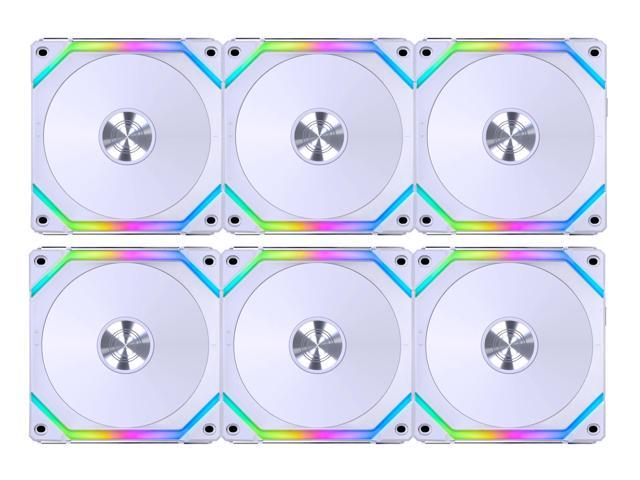Cyber-Physical Power System State Estimationupdates classic state estimation tools to enable real-time operations and optimize reliability in modern electric power systems. The work introduces and contextualizes the core concepts and classic approaches to state estimation modeling. It builds on these classic approaches with a suite of data-driven models and non-synchronized measurement tools to reflect current measurement trends required by increasingly more sophisticated grids. Chapters outline core definitions, concepts and the network analysis procedures involved in the real-time operation of EPS.
Specific sections introduce power flow problem in EPS, highlighting network component modeling and power flow equations for state estimation before addressing quasi static state estimation in electrical power systems using Weighted Least Squares (WLS) classical and alternatives formulations. Particularities of the state estimation process in distribution systems are also considered. Finally, the work goes on to address observability analysis, measurement redundancy and the processing of gross errors through the analysis of WLS static state estimator residuals.
- Develops advanced approaches to smart grid real-time monitoring through quasi-static model state estimation and non-synchronized measurements system models
- Presents a novel, extended optimization, physics-based model which identifies and corrects for measurement error presently egregiously discounted in classic models
- Demonstrates how to embed cyber-physical security into smart grids for real-time monitoring
- Introduces new approaches to calculate power flow in distribution systems and for estimating distribution system states
- Incorporates machine-learning based approaches to complement the state estimation process, including pattern recognition-based solutions, principal component analysis and support vector machines















